Allowing Movement Of The Pelvis Without Loss Of Position
Michelle L. Lange, OTR/L, ABDA, ATP/SMS
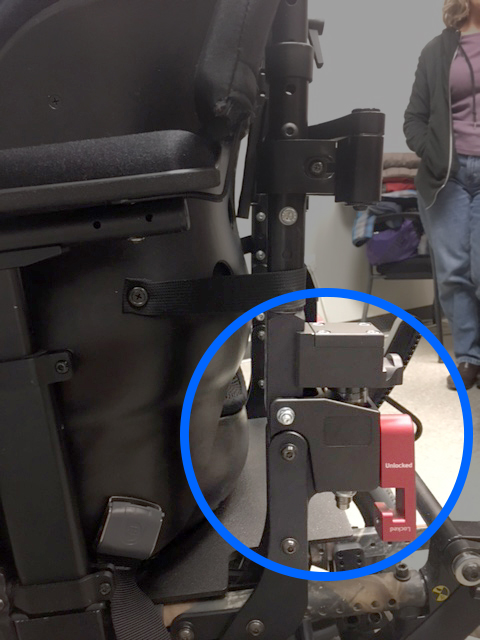 Updated 9/21/2022
Updated 9/21/2022
Dynamic movement can be provided at various areas of the body where movement is possible from a seated posture. The dynamic component allows movement beyond the usual seated posture, such as into increased hip extension via a Dynamic Back, and then assists with the client returning to upright. Ideally, the return to upright does not lead to a loss of position, such as sliding into a posterior pelvic tilt.
Most frequently, movement is allowed posteriorly, opening the seat to back angle. Upon return to upright, the pelvis is at risk of falling into a posterior tilt and being pushed forward. The pivot point of the dynamic component is critical to the client returning to upright while maintaining a neutral pelvic position, and should be as close to the natural pivot point of the hip, as possible (see photo).
Limiting the amount of movement also reduces loss of position and shear forces. The Seating Dynamics Dynamic Rocker Back interface opens to approximately 10-15 degrees to provide movement without loss of pelvic orientation.

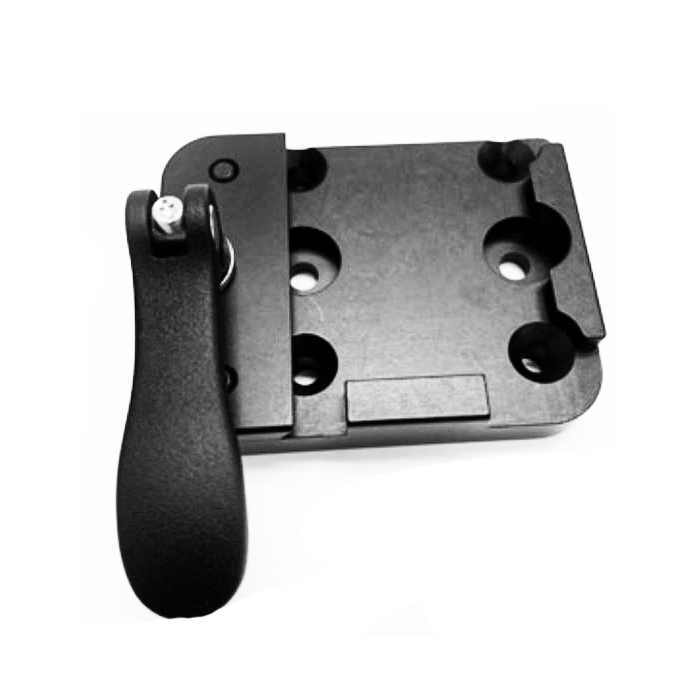
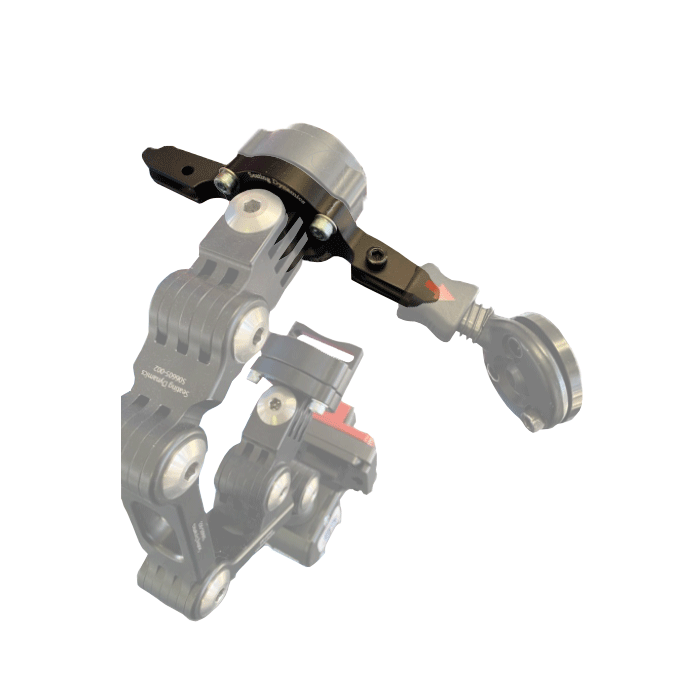
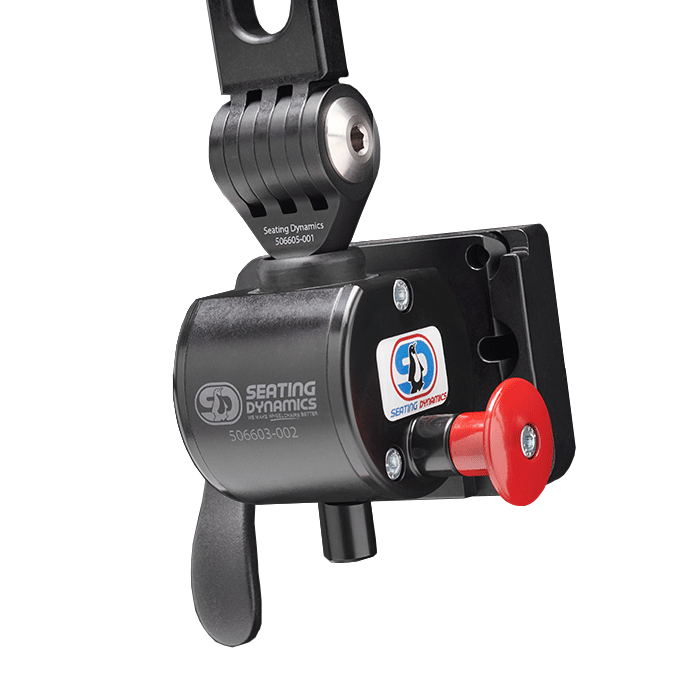
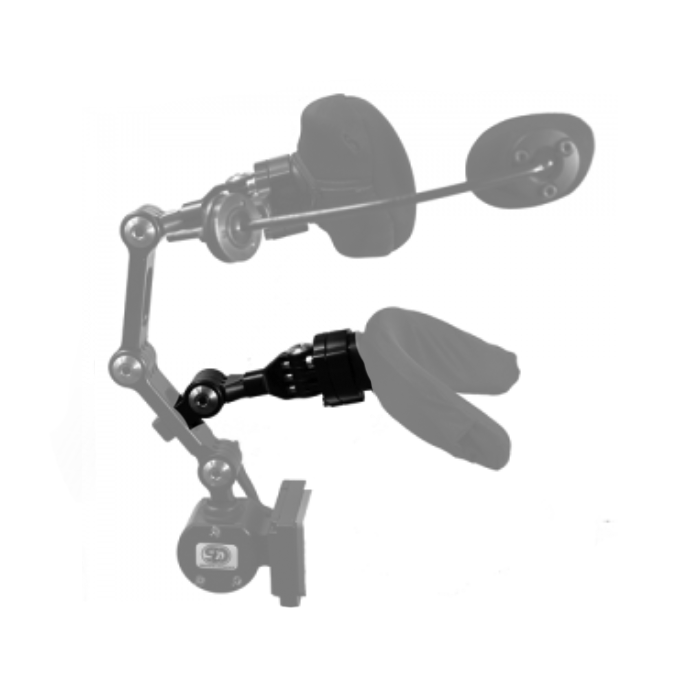
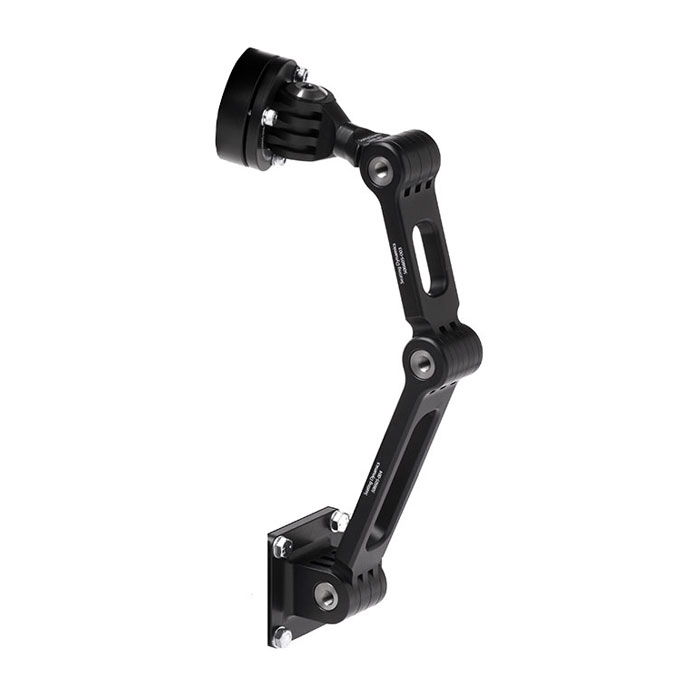
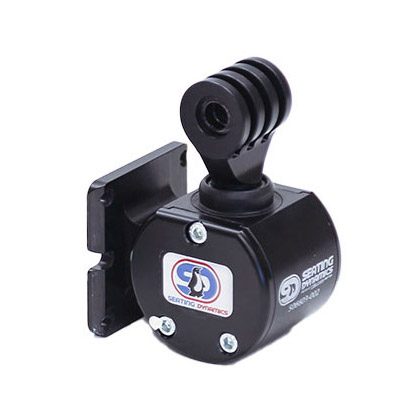
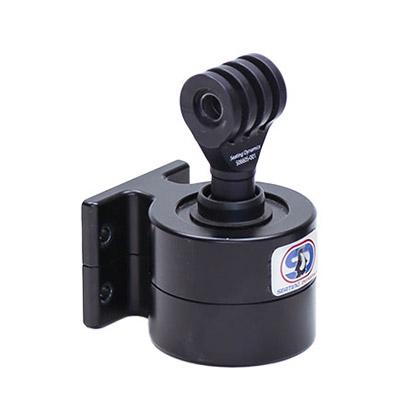
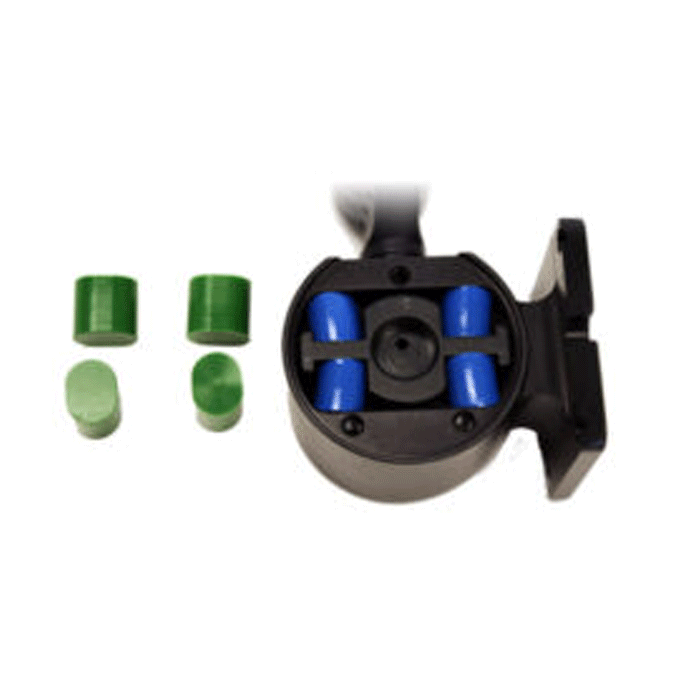
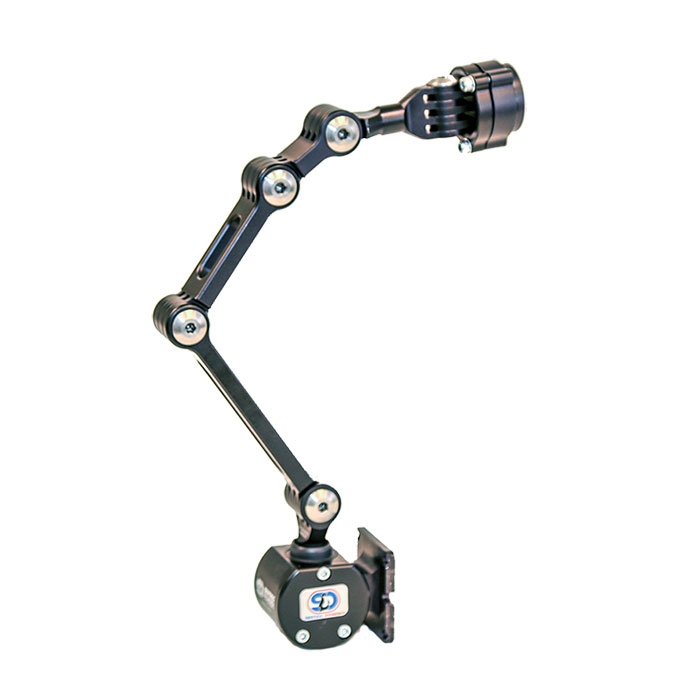

Love these posts- thankyou!
Thanks Sharon!